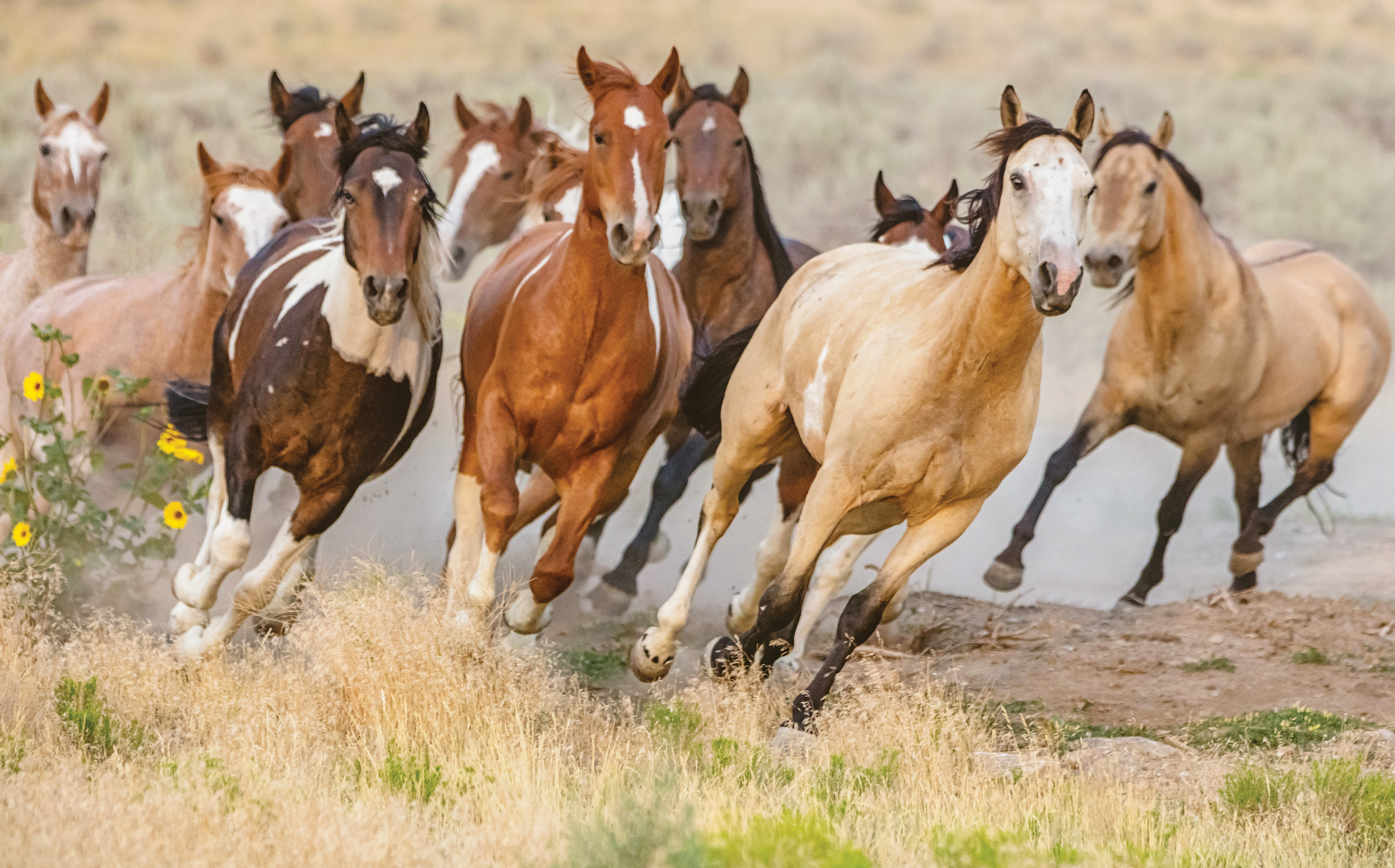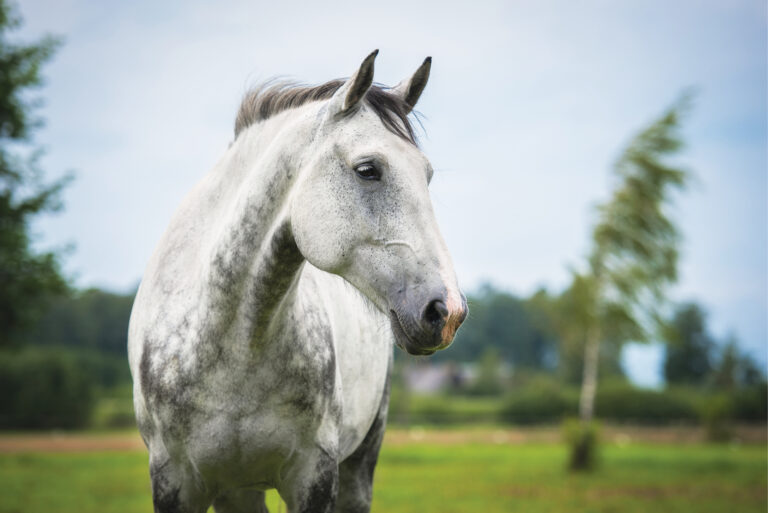
What to know about tying up
“Tying up” is when a horse develops a stiff gait and hard, painful muscles following exercise. He sweats, hyperventilates, and is reluctant to move. Also known as Monday morning disease or azoturia, tying up indicates muscle damage resulting from a variety of potential causes, including recurrent exertional rhabdomyolysis (RER) and polysaccharide storage myopathy (PSSM). If your horse shows signs, call your vet, as treatment may be required to prevent kidney damage. There’s no cure for tying up, but it can be managed through diet and exercise.
Keep in Mind

Blood Test
A blood test for elevated muscle enzymes confirms a diagnosis of tying up.
Hind End
Muscles of the hind end and back are most affected; pain may persist for hours.
Regular Exercise
Daily exercise—riding, longeing, and/or turnout—helps prevent recurrences.

Nutrition Is Key
If your horse is prone to tying up:
Minimize high-carb grains in his diet.
Favor a high-quality grass or oat hay over alfalfa hay.
Consider an added source of fat (such as rice bran).
Consider a vitamin/mineral supplement containing vitamin E and selenium.
Know that some commercial feeds are designed for horses that tie up; check with your veterinarian or an equine nutritionist.
Make sure your horse routinely ingests enough salt.






